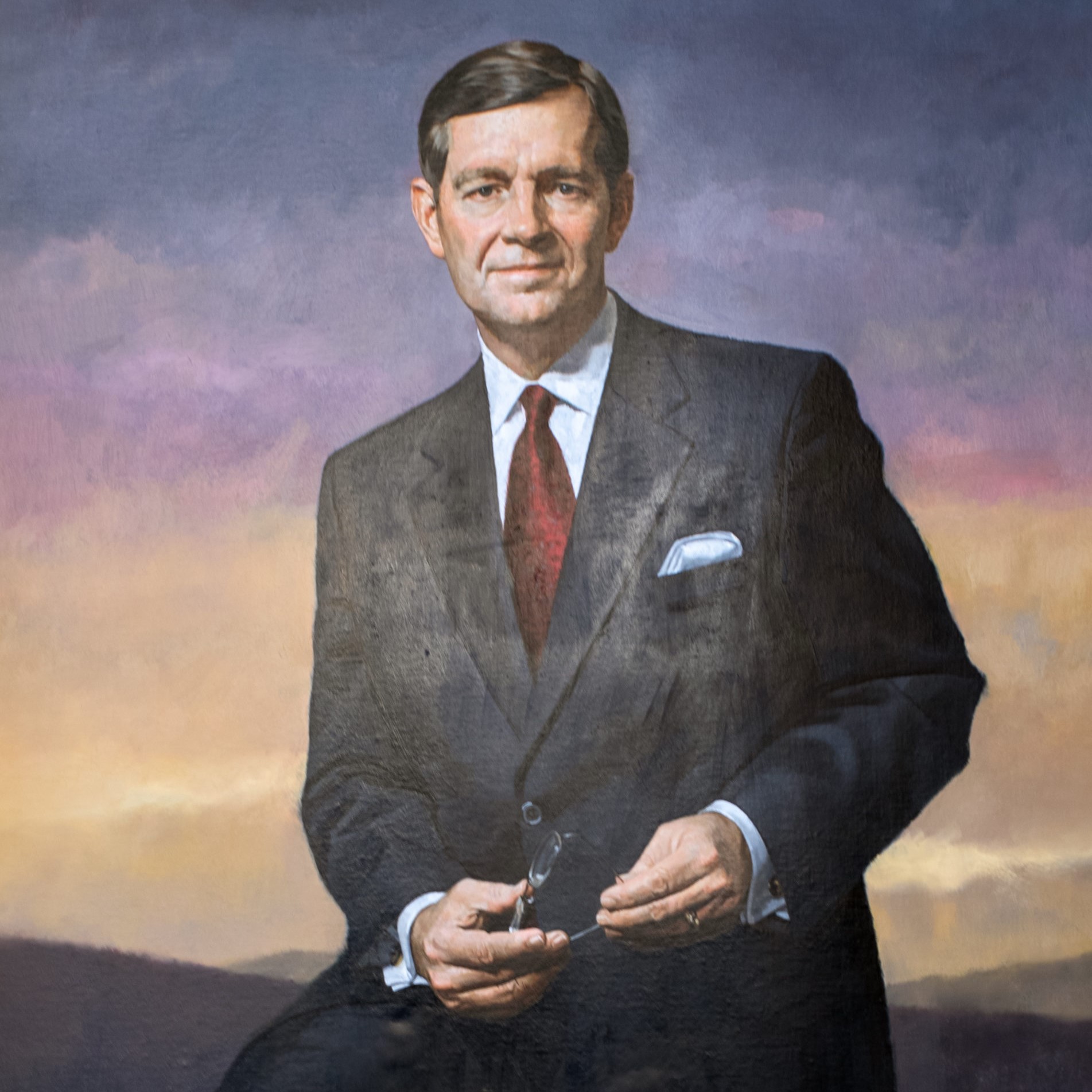Utah
Gov. William Spry
- January 4, 1909 - January 1, 1917
- Republican
- January 11, 1864
- April 21, 1929
- Other
- Married Mary Alice Wrathall; three children
About
The first Utah governor to serve as chair of the National Governors Association, WILLIAM SPRY was born in Windsor, Berkshire, England. His family became members of The Church of Jesus Christ of Latter-day Saints shortly after his birth and immigrated to Utah in 1875. Spry left school at the age of thirteen and served as a missionary and mission president for the Church in the southern states from 1885 until 1891. He later became active in ranching and a variety of other businesses. Prior to his election as governor, he was elected Tax Collector of Tooele County in 1894, a member of the state legislature in 1902, and chairman of the Republican State Committee in 1904. He was also named president of the State Land Board in 1903 and appointed U.S. Marshal for Utah in 1906. As governor he secured the necessary funding from the state legislature to build the State Capitol (dedicated in 1916). During his administration, legislation was enacted prohibiting child labor and the sale or distribution of tobacco products to minors. While in his second term, he earned notoriety when he refused to intervene in the case of Joe Hill—a member of International Workers of the World (IWW), who had been convicted of murder in Utah and was ultimately executed. Due to his support for local decisionmaking on the issue of prohibition, Spry lost his bid for nomination by the Republican Party for a third term as governor. After losing his campaign for a seat in Congress in 1918, he served as a representative for the Western Irrigation Association until 1921, when President Warren Harding appointed him U.S. Commissioner of the General Land Office. Spry died in Washington, DC and was buried in Salt Lake City.
Source
Sobel, Robert, and John Raimo, eds. Biographical Directory of the Governors of the United States, 1789-1978, Vol. 4. Westport, CT: Meckler Books, 1978. 4 vols.
The National Cyclopaedia of American Biography, Vol. 15. New York: James T. White & Company.
Roper, William L., and Leonard J. Arrington. William Spry: Man of Firmness, Governor of Utah. Salt Lake City: Utah State Historical Society, 1971.
Warrum, Noble, ed. Utah Since Statehood: Historical and Biographical. Chicago-Salt Lake: The S.J. Clarke Publishing Company, 1919. 3 vols. (Vol. I, pp. 151-178; Vol. III, pp. 1076-1077.)
“Governor Spry’s Body To Be Brought To SL: Utah Executive For Eight Years Dies of Stroke: Dies at Washington,” Deseret News, April 22, 1929, pp. 1-2; “Death Ends Governor Spry’s Active Career in Public Life,” Salt Lake Tribune, April 2x, 1929, pp. 1-2.











